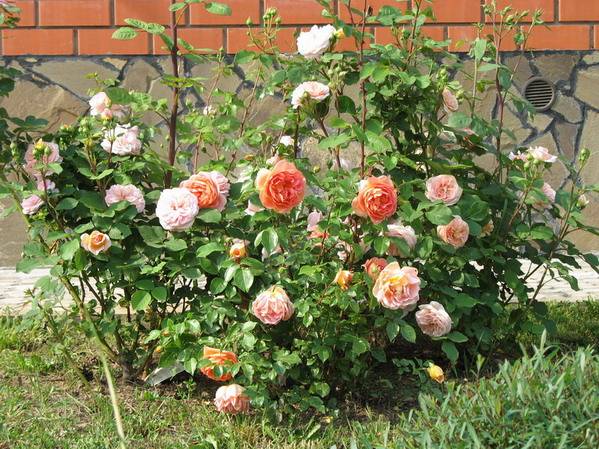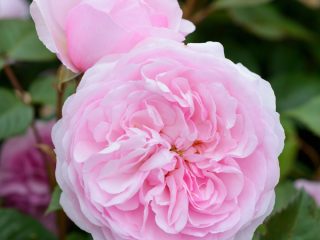Content
English varieties of roses are a relatively new variety of ornamental crops. Suffice it to say that the first of English roses only recently crossed the fifty-year mark.
The founder of this unusual group of garden crops is farmer D. Austin (Great Britain). The roses “Charles Austin” and “Pat Austin”, bred by him, have received wide recognition among flower growers in different countries.
Description of the variety
Charles Austin roses are loved by gardeners due to their large, beautiful cup-shaped flowers. As they bloom, the flowers take on various shades of apricot color. The petals have a richer color at the base with a gradual transition to a creamy shade at the edges. A special feature of the variety is a pleasant strong smell with fruity notes.
The bushes are erect, with dense foliage. The average height of the bush reaches 1.2 m. These roses have attractive not only flowers, but also leaves. The variety is resistant to unfavorable conditions. Caring measures that allow you to get flowers again include pruning and fertilizing immediately after the rose has bloomed for the first time.
Plants have average resistance to rain. During prolonged rains, some flowers may be damaged. The flower reaches from 8 to 10 cm in diameter.
Standard roses Charles Austin
The essence of growing roses on a trunk is that roses are grafted onto a rosehip shoot, from which a flowering crown is formed. The Charles Austin variety looks good on a rootstock, solo, or in combination with other varieties. In the latter case, you need to choose scions that are equal in strength so that the plants do not oppress each other. As a rule, grafting is done in a T-shaped incision. A standard rose is formed in spring. It can be either a flowering “tree” or a rounded, low-growing bush, which will decorate the alpine slide.
Prevention and treatment of black spotting
Black spot is a fairly serious disease of roses that requires immediate treatment. The plant stops growing and black “sun-shaped” spots appear on the leaves. The development of the disease occurs in a bottom-up direction. In advanced cases, the spots merge with each other. Flowering becomes more sparse compared to healthy plants.
The most effective method is to immediately remove the affected leaves and burn them. Fungicides are used to treat diseased plants. Spraying frequency – once every 2 weeks. It is important to use several drugs so that the fungus does not have time to adapt. Products such as Skor, Oxychom, Profit, Strobi are especially helpful. Bordeaux mixture can also be used to spray soil and plants.
Of the folk methods of combating black spotting, they help.
- Dandelion decoction.
- Decoction of onion peels.
- Sprinkling plants with crushed ash.
- Infusion of herbs (horsetail, nettle).
Reviews












